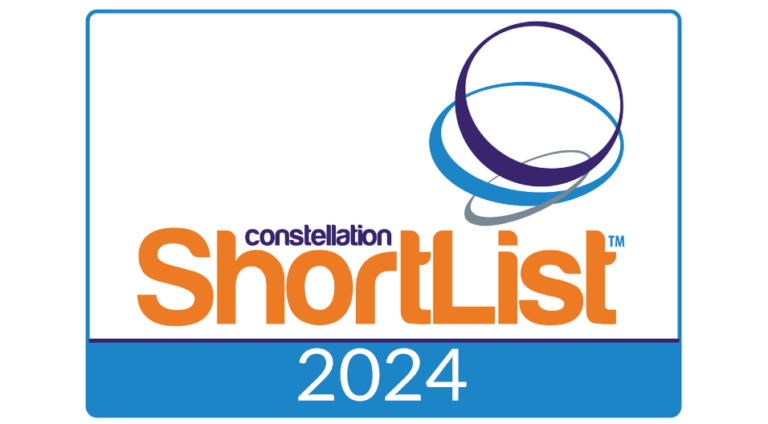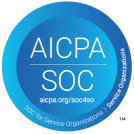Preventing readmissions is one of the most crucial challenges facing healthcare providers today. Yet many organizations still rely on inefficient outreach methods.
With financial penalties under initiatives like the Hospital Readmissions Reduction Program (HRRP) and the overall mission to improve patient outcomes, health systems must prioritize effective follow-up strategies to stay on top of patients’ recovery after discharge.
Calling every patient may feel thorough, but it’s not sustainable. And while automation can ease the burden, not all outreach solutions are equal.
So who decides what the right solution is? Those who are accountable for patient outcomes and readmissions prevention should have the deciding vote—clinicians.
This blog explores the implications of using patient outreach tools that don’t align with clinical needs and why the right technology should support those who are driving patient outcomes through timely, personalized follow-up that actually reduces readmissions.
Why EHRs Fall Short for Clinically-Driven Engagement
Electronic Health Records (EHRs) have become the backbone of most healthcare systems. Their ability to store and centralize patient data makes them invaluable for maintaining a consistent record of care.
Many EHRs, such as Epic, also offer basic outreach functionalities, such as appointment reminders and limited follow-up communication. However, these features, while convenient, were not originally designed for clinical engagement or readmission prevention.
EHR outreach tools often lack the flexibility and agility needed to address high-risk or condition-specific scenarios. Their inherent design focuses more on administrative functions than on managing clinical outcomes.
This raises an important question for hospitals to consider: Does EHR-led outreach align with the clinical and operational priorities of your organization?
The Challenges of Using EHRs Exclusively for Outreach
Healthcare systems that default to EHR capabilities for outreach may encounter significant hurdles:
1. Limited Engagement Options
EHRs typically support basic outreach functions, like text only or minimal support for languages. This excludes large segments of the patient population that may prefer or require voice calls as well those who need translations.
2. Rigid Program Design
Updating outreach workflows or adding enhancements within EHR systems often requires IT involvement, which can delay implementation by months. For high-risk patients requiring urgent follow-ups, these delays may lead to preventable readmissions that are costly to the patient and the healthcare system.
3. No Acuity-Based Triage
EHR tools lack the sophistication to help staff prioritize outreach to patients with highest acuity needs. For example, patients might not have the ability to flag health concerns independently or receive triaged responses during critical moments. When all patient responses are treated the same, manual triage is needed to determine who needs callbacks first—slowing everything down.
4. Hidden Costs
EHR outreach may be marketed as a “free” tool that is included in their contracts, but organizations often face hidden costs in the form of IT maintenance, staff hours managing manual processes and delayed improvements in care delivery.
Consequences of Overlooking Clinical Expertise
When healthcare systems default to using their EHR as the main outreach platform, the lines of accountability can quickly blur. Here’s why:
1. IT Dependency
Much of the management and customization of EHR outreach tools falls under the purview of IT teams. However, IT departments are not equipped to own patient outcomes or clinical metrics like readmissions. And given resource constraints, they may not be able to make changes to programs quickly enough to keep pace with patient care. This misalignment means that IT may inadvertently limit the flexibility needed for effective follow-up interventions, leaving patients at risk.
2. Increased Clinical Risk
When tools fail to meet the needs of care teams, they are left struggling to address patient concerns manually or through workaround solutions. Who ensures urgent issues are escalated, patient preferences are honored, or high-acuity cases are prioritized if the technology doesn’t support these requirements? Without consistent clinical oversight, these tasks may fall through the cracks.
3. Inefficient Workflows
When relying solely on native EHR outreach tools, manual processes and limited functionality can place even more burden on care teams. Requiring staff to repeatedly intervene in workflows or manually review patient responses can interfere with their ability to focus on high-priority cases. These inefficiencies inevitably lead to poor outcomes that impact patient care and the organization’s financial performance.
Let Clinical Leaders Drive Readmission Prevention
To effectively reduce readmissions and improve patient follow-up, healthcare systems need to put clinical leaders in the driver’s seat when it comes to choosing and refining outreach tools. This means building clear accountability frameworks based on clinical goals and metrics. It also means defining responsibilities across IT, clinical and administrative teams, while regularly tracking results such as readmission rates and patient satisfaction to know what is working and what is not.
How Purpose-Built Tools Close the Gaps
Advanced tools like CipherOutreach are built to close the gaps that EHRs can’t. The platform is designed to go beyond basic communication by allowing proactive, personalized outreach designed around clinical needs—not administrative limitations.
For example, CipherOutreach automates condition-specific outreach workflows for high-risk patient groups. This ensures follow-up initiatives are both timely and tailored.
When a patient reports a serious issue, like medication concerns or complications with symptoms, the platform triggers real-time escalation to care teams without manual intervention. This reduces delays and ensures high-acuity patients get the care they need.
Further, responses from patients are automatically recorded and codified into the EHR, doing away with the need for manual documentation. The result? More streamlined workflows for clinicians, less room for error and better patient outcomes.
The impact of using tools built for outreach—not limited EHR add-ons—is measurable. Health systems using CipherOutreach have reported 25% or higher reductions in readmissions and millions in cost savings.
Choosing the Right Tool for Better Patient Outcomes
Ultimately, deciding whether to rely solely on an EHR for outreach is a care delivery decision, not a technology decision. While EHRs provide baseline functionality, they fall short when it comes to flexibility, scalability and clinical impact.
By adopting targeted outreach solutions that prioritize patient outcomes, organizations can close critical gaps, reduce readmissions more effectively and ensure accountability remains where it belongs—with care teams.
Discover how one Midwest health system reduced ED readmissions by 21% and prevented 3,300 unnecessary hospital visits annually using CipherOutreach.








